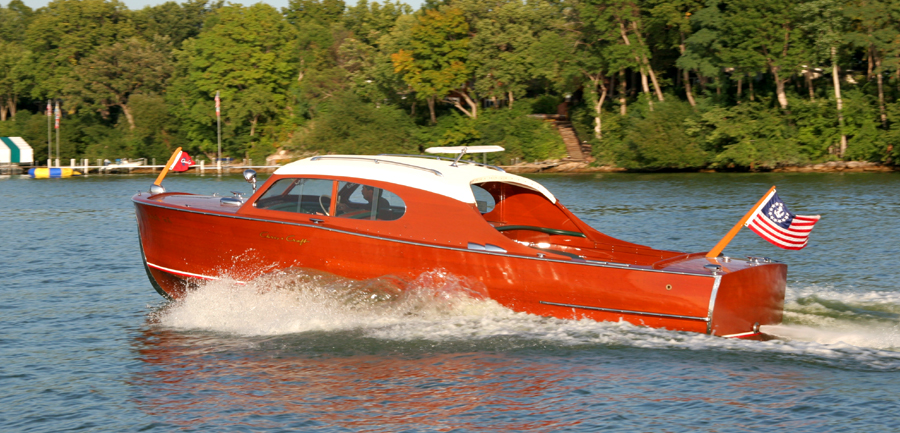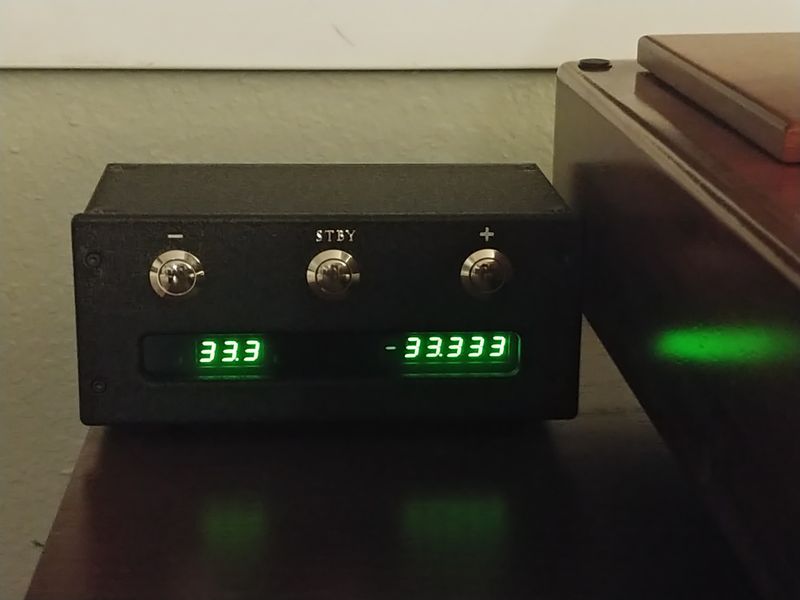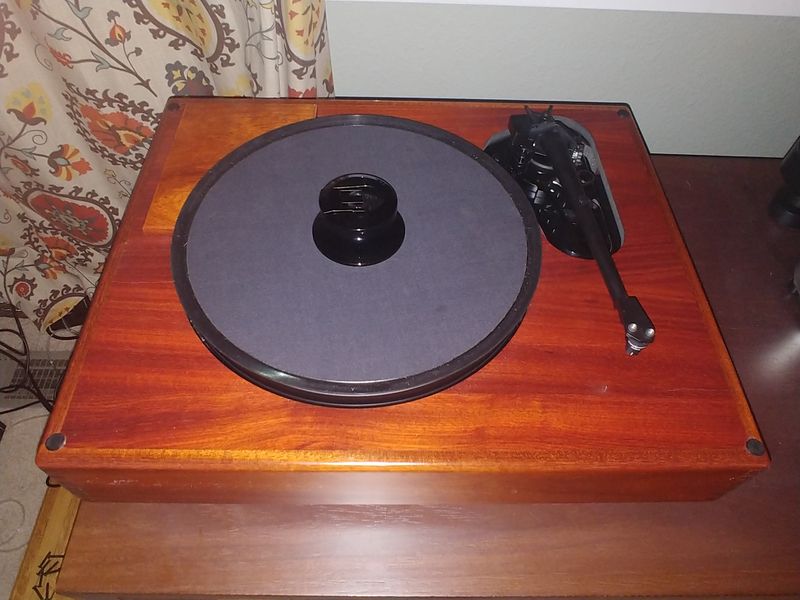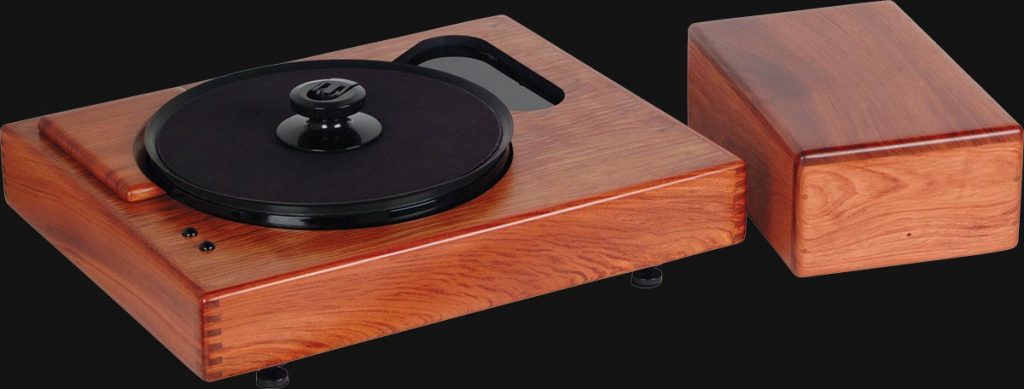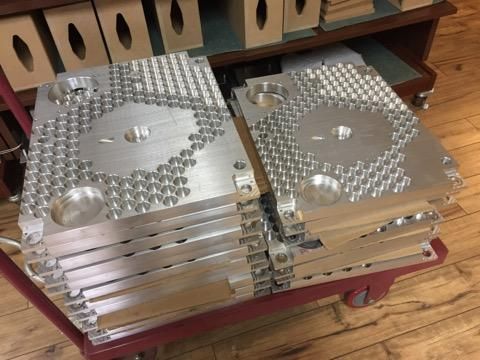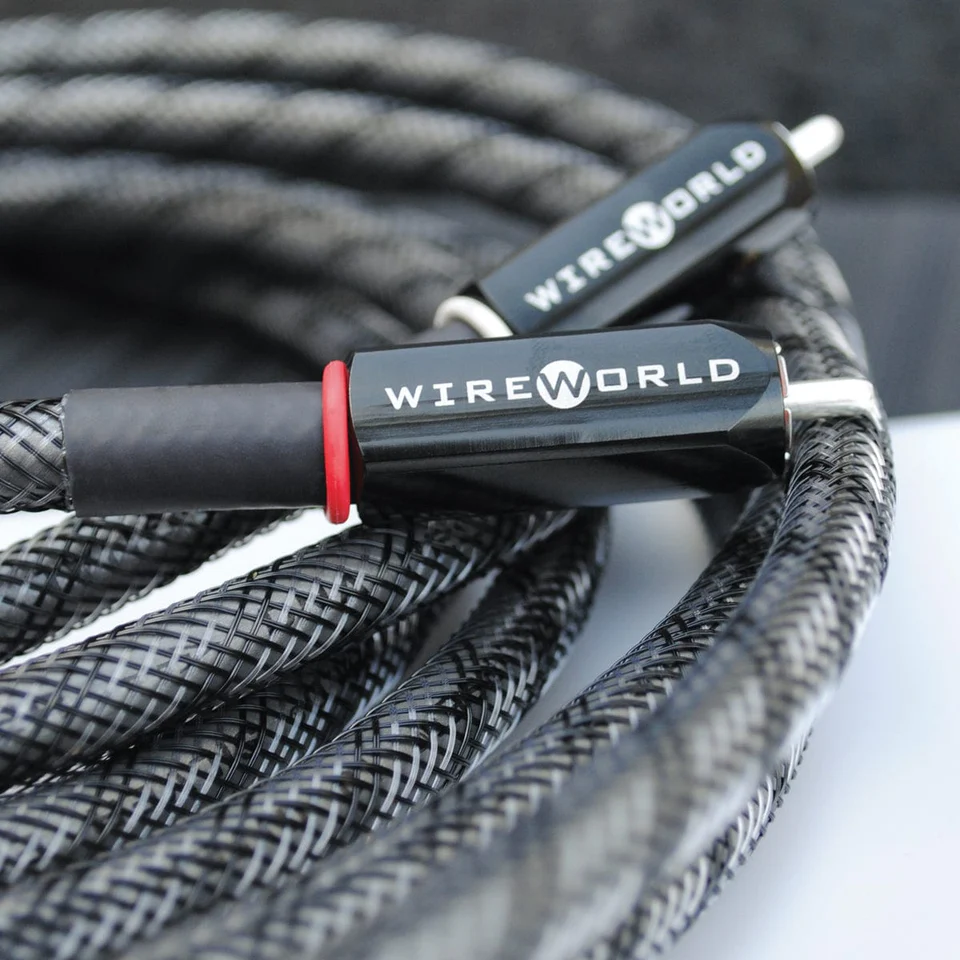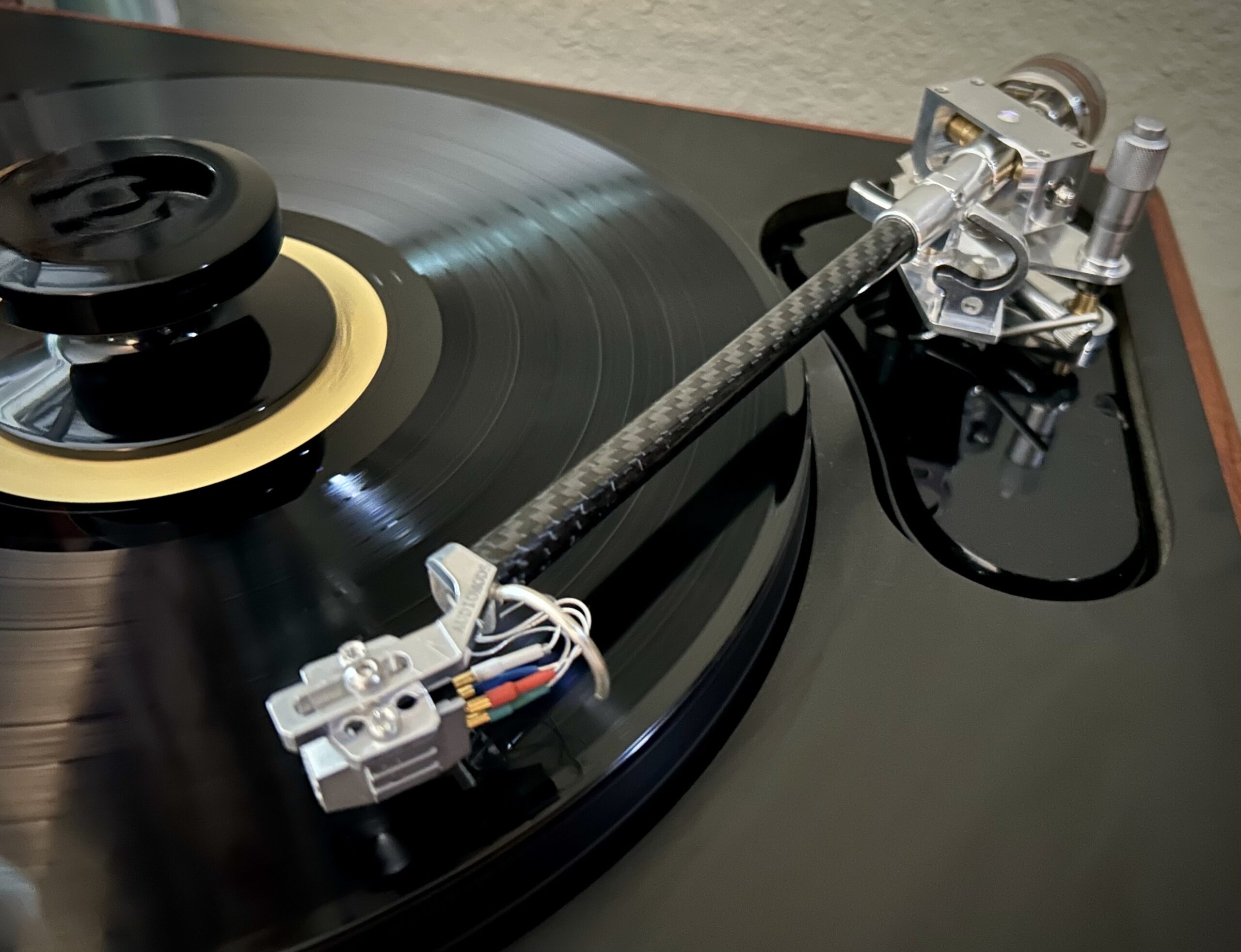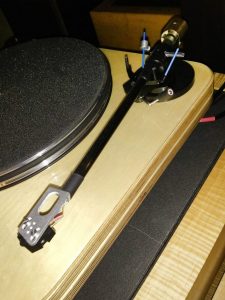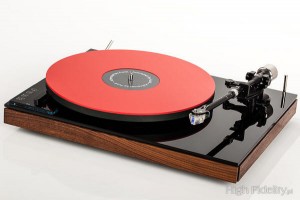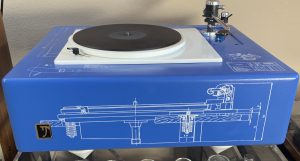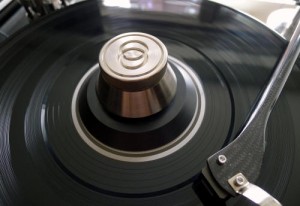Some of the fondest memories I have of growing up is fishing with my father on the waters of the Puget Sound. Those outings left an indelible mark on me, and will stay with me for the rest of my life. The time for fishing trips with dad has passed, and are no more. Perhaps all that time around marinas is how I developed my appreciation for the beauty of boats. For whenever my wife and I find ourselves on a dock, I enjoy wandering up and down and taking in the magnificence of every ship there. There is always something to appreciate in a yacht, sailboat, or even a modest runabout. There is one boat that stops me in my tracks every time I see it. A well restored wooden Chris-Craft from the 50s and 60s has a beauty and timeless appeal contained in the beguiling teak woodwork, brass fittings, and marine paints. Those classic design lines harken back to a bygone era, and speak to the skills of the craftsmen who designed and built these beautiful boats. Fast forward to the afternoon when I opened a massive box and removed the Cosmos Eclipse turntable from SOTA; well I had the exact same reaction! I was first introduced to the Sapphire line of tables in the late 1980s, and when I examine this one, I see the same iconic design cues. Sure, there are some changes and updates, but when you first see the table there is no doubt about its SOTA lineage. This is a new generation table in the Cosmos line, and while visually similar to earlier models, there are a myriad of improvements that redefine what excellent analog playback can be.
Even standing across the room, my eyes are drawn to this table. The dovetail corners on the cabinet are the calling card of a SOTA turntable, and these folks have raised the bar on the fit and finish required for their turntable cabinets. The dove tail joints are cleaner, the degree of detail shown in matching the grain of the side panels and the top veneer is clearly evident, and the finish showcases the distinctive characteristics of the of woods selected. This table is a classic beauty, much like the Chris-Craft boats, as you know instantly which company's creation you are looking at. Even beyond the distinctive appearance of the plinth, the vacuum seal lip and the island shaped arm board are clues that speak to the genesis of this table. The Cosmos Eclipse that Donna and Christan sent me is finished in blood wood, and has a refined and distinctive appearance that elicits appreciation from all who set eyes on it. The power supply and vacuum pump enclosure has a matching finish, and is too darn pretty to hide in a cabinet, or behind a rack.
The Eclipse speed controller and tachometer comes in a metal chassis with green LED read outs, and a nicely textured and durable finish. There is a back panel on the rear of the turntable plinth that accepts the vacuum line, speed controller cables, the power supply cord, and contains a grounding lug for the table. The Cosmos arm board was machined for a SME V arm at the SOTA facilities, so the final installation process for me was incredibly easy.
SOTA has always been famous for the sapphire thrust plate used in their tables. Their bearing assemblies have traditionally been considered some of the finest in the analog world, and represent a core value of the company. Yet Christan Griego and the design team at SOTA were willing to look at every aspect of their prized turntable, and work towards making meaningful improvements within their latest offerings. This led to the development of the magnetic bearing assembly that is being debuted with these new tables. The spindle shaft is machined from stainless steel, and an inverted bearing design has been selected. The platter contains sintered bronze sleeves that are individually fitted for each application, while the spindle shaft and the platter contain a half of the magnet assembly that levitates the platter off the spindle. This design results in one of the quietest bearings available for a turntable, and offers a daunting challenge for even more expensive tables to equal. Another benefit is that the platter is now easy for a customer to remove and periodically oil, whereas with previous generation tables with the sapphire thrust plate, the process was far more difficult, with the real possibility of damaging the bearing assembly. With this excellent bearing assembly, the threshold for performance is raised, and a simpler pathway is created to complete routine maintenance on the table.
The new generation of platter is worth taking a close look at. With the silicone lip seal installed, and the Groove Damper Mat, there is no outward change of appearance in this platter. However, the build sheet shows that the new platter weighs 9 lbs, where the Generation 4 platters came in at 12 pounds. It is important to note that Christan's skills have been honed in the manufacturing of high-quality musical instruments, and the talent of a craftsman is one of the attributes he brings to the design of the SOTA Cosmos Eclipse. The platter for the table has been redesigned to have an even tonal balance across all facets of the audio spectrum, which is a direct reflection of the material science knowledge Christan has gathered over the years. The reduction in weight is a result in the removal of lead from the platter, however this new platter formulation is a secret that SOTA is playing close to the vest, as a great deal of resources and energy have been invested in this sub-component. As a teaser, I will say that the improvements brought on by the new platter design are significant, and its contributions can be easily pinpointed when you have had the chance to compare it to earlier generation tables. I am convinced that this new platter composition is responsible for a significant portion of the enhanced sound quality this table exhibits.
The Cosmos Eclipse turntable uses an auto sensing vacuum system that is applied through a network of vanes to firmly couple the record and platter. Previous experiences with earlier generation SOTA vacuum tables that employed manual settings for suction strength taught me that using 40% on the control resulted in the best overall sound quality. Naturally I was curious how the automatic vacuum system worked on this table, and how it compared to the levels that I set on that previous SOTA I owned. I would hazard to say that the levels I set in the past were slightly higher than what the Cosmos Eclipse is designed for. When I remove the record from the platter on this table I get the impression that the vacuum level is just right, with the record firmly secured against the platter, but with only a light touch needed to free it from the lip seal. The design parameters for the pump is to apply 3-Hg of vacuum, and then go into a maintenance mode to sustain that level of draw. The clamping system is intended to be used in conjunction with a record clamp, and the SOTA Reflex clamp has earned a place in audio lore as one of the finest clamps designed. I had the opportunity to use both the Reflex clamp and the newly redesigned SOTA I-Clamp with this table, and I will say that while my preference is for the Reflex, the I-Clamp acquitted itself nicely. In the end, the extensive experience that SOTA has with vacuum clamping is clearly evident, and the design team working on the Cosmos Eclipse has shown a deft touch when balancing the forces produced in a vacuum coupling system with the overall musical presentation of the turntable.
The Total Eclipse drive package uses a new 3 phase asynchronous motor in conjunction with a Phoenix Engineering Condor power supply and Roadrunner tachometer. The two controllers are housed in an attractive metal chassis that has on/off functions, speed selection, and digital readout for measured speed. The electronics will maintain speed within a .005 RPM window, which is remarkable speed control for any belt drive table. There are some functional characteristics to the Eclipse package that results in greater ease of use, such as a 5 RPM start up that minimizes the annoyance of belt slippage, a feature that slows the platter down to shorten wait time when removing a record, and the ability to log hours with the platter spinning so that cartridge usage can be accurately tracked. There are audible improvements in sound quality due to the gradual speed adjustments the controllers utilize, which results in a greater clarity and focus of the music since micro speed variations are minimized. A myriad of ways are available to affect a lower noise floor in a turntable, however implementing a quiet motor and sophisticated speed control system is a tried and true solution for achieving the goal of high-resolution analog playback.
In this generation of Cosmos, Christan has chosen to return the motor mount to a more traditional location on the plinth. Yet even this simple task of placing a motor has been carefully evaluated, and SOTA has added structural support materials to the plinth to provide a solid mounting for the motor. The goal is to transfer any residual motor noise to the turntable frame and isolate it from the platter/cartridge interface with the suspension and belt. Other aspects of the table have been retained from the original Cosmos concept, such as the layered acrylic and aluminum arm board, the 1-inch aluminum grade sub-chassis, and the external housing for power supply and vacuum pump.
The non-vacuum Cosmos Eclipse table sells for $8500 minus arm, and the vacuum model in this review is a $9700 offering. I was given the option of selecting finish, so I chose bloodwood, other finishes are available such as walnut, oak, African rosewood, figured maple, mahogany, purpleheart, and Italian ebony. However, if Donna can source a furniture grade board and matching veneer from a supplier, I bet you could order any finish your heart desires. I requested the arm board to be machined for an SME V I have. Set up of the table is straight forward, the first step being to extend the footers so the suspension can be released. Then the plinth is leveled by adjusting the feet. Next comes oiling the bushings in the platter shaft and installing it on the spindle. The lead shot is installed along with the arm board and arm, and the feet are fine tuned to achieve a perfectly level platter. Finally, the outboard cabinet for power supply and vacuum pump is attached, and the Total Eclipse speed control box is connected to the rear panel, which also happens to be where the previously mentioned outboard cabinet wires and hoses are also terminated. A Transfiguration Audio Proteus cartridge is installed and aligned on the SME V tonearm, and we are now ready to begin spinning some records.
A pair of JBL 4365 monitors are my reference speakers, and they are driven by a PS Audio BHK 250 Signature amplifier with Telefunken 6922 tubes installed. The preamp is a Halcro DM 8, and the phono stage is an Esoteric E-03. Power conditioning is conducted by a PS Audio P10 AC Regenerator via Pi Audio power cords. Analysis Plus Silver Apex interconnects pass signal to the various components, with Wireworld Eclipse 8 speaker wire is charged with the duty of supplying current to the JBL's. Now that system description is out of the way, and the reader has become intimate with the inner workings of the Cosmos Eclipse, it is time we get to the important part, and start discussing how music sounds on this lovely turntable!
The Cosmos Eclipse represents an advancement of the design philosophy that has guided the company since its inception. Certain aspects have not changed, such as the 4-point hung suspension, the use of a vacuum platter, composite arm boards, and those classic design cues on their turntable cabinets. Of course, there have been improvements in sub-components, with the goal of providing not only accurate sound reproduction, but music that is fun to listen to. I pulled out a 45 RPM Blue Note of Back At The Chicken Shack by Jimmy Smith in order to hear how this generation of the Cosmos would sort out a jazz quartet that is anchored by a Hammond B3 organ. The tenor saxophone on "When I Grow Too Old To Dream" (Back At The Chicken Shack; Blue Note Stereo AP84117) is sublime in terms of tone and texture, with a distinct reediness, along with a beguiling vibrato that is unique to this instrument. The room acoustics are readily apparent with saxophone notes and the subsequent reflections carrying through the phrasing. The pedal work and the signature clap of the hi hat cymbals come through clearly on this song, as does the stick work on the other cymbals. Even the felt covered head on the beater can be heard clearly, as there is no need to strain and focus intently on individual instruments. Even with all that detail you can sit back and let the music come to you. Another point worth mentioning is how strong and controlled Kenny Burrell's bass guitar playing is on this song. The bass extends far deeper than you expect for an electric bass, and it is remarkably even in terms of output across the range of the instrument. I had a phone discussion with Christan about the importance of materials science, and the way the Cosmos Eclipse presents the bass passages in this song clearly makes the case for the engineering solutions SOTA has put in place. Finally, we come to that B3 Hammond organ that Jimmy plays. This keyboard stands out from the traditional jazz instruments, and this table allows for all the vibrophonic coolness of Smith's style to come through. This composition has an undeniable drive and sense of purpose, a sax player that puts soul into his phrasing, and an organ that is just groovy to listen to. Hey, this album was recorded in 1962, so it's a phrase that I can aptly use for describing this song on the SOTA table.
The Transfiguration Audio Proteus cartridge is capable of presenting music truthfully in a way that does not hide the warts of a recording, nor does it add a sweetness to the sound that is artificial in nature. The Cosmos Eclipse table is cut from the same cloth, and vocals are presented with an intimate presence, and with a singer's natural vocal texture. I spent one evening listening to the Poets Heart album by the late Kate Wolf. Kate was an amazing artist that was lost too soon. "Carolina Pines" (Poets Heart; Kaleidoscope Records F-24) has such a smooth and easy flow to her phrasing, yet the unadorned essence in her style is not accentuated in any way even though it has a distinctive presence. The recording engineer places Kate in front of the acoustic guitars, and the sound stage becomes essentially a visual experience within my listening room. Yet the real story of this song is that beautiful and haunting voice, it literally commands your complete attention until the last bits of that final phrase trails away. The SOTA gives me access to this beautiful music any time I want, and other turntables I have played this album only allow for the faintest glimpse of this artists remarkable talent.
Any vinyl-ophile who has been around this hobby long enough knows that the turntables that have drive and pace are those classic idler tables like the Garrard 301, or perhaps studio direct drives like the Technics SP 10 MK II or III. Apparently, the folks at SOTA did not get this memo, because this new Cosmos Eclipse has that toe tapping rhythm when called for, and conjures a forceful dynamic presence when a recording can present it. On "France" (Keep It Simple; Epic MOVLP1058) by Keb Mo you get a huge soundscape, but it has that kinetic drive that defines excellent blues music. On this song the bass guitar ambles across the soundstage with a kinetic energy that gets you moving in your seat. Keb Mo's vocals are expressive and forceful, with a light growl that comes clearly though. The result is that the Cosmos Eclipse is a complete table that is at home with powerful and dynamic music, and yet can tease out the finest details in a recording and keep an even keeled balance across the tonal spectrum.
I will admit to being a bit of a space junkie when it comes to music. I love large and expansive recordings, especially the ones that can allow me to forget I am listening to a stereo system. While there is no single aspect of the Cosmos Eclipse that can be pinpointed as the reason for a cavernous soundstage, it certainly should be acknowledged that the design team at SOTA has optimized every facet of this table to be faithful to a recording, which results in this ability to present a believable soundstage. In the case of "Gravity's Angel" (Mister Heartbreak; Warner Bros Records 95977-1) by Laurie Anderson, you end up with a recording that expands into your room and makes walls disappear. The opening passage of this song has a bell ringing that has such a striking presence it sounds like it is there in the room, but just on the other side of the front wall. Anderson's voice is one more data point showing the ability of this turntable package to create lifelike presentations of vocalists. Throughout the song there are a myriad of synthesized instruments moving across the back wall, climbing to the ceiling, and taking the place of my side walls. With the right recording the room literally disappears, and you become part of a musical event. While I have had many a fine table in my home, this one has proven the to be the tops in this regard, and honestly, it outpaces any turntable combination I have had long term exposure to in my system. I also just remembered I did not mention the synthesized bass notes on this song, which once again extend deeper than any other analog rig I have played this song on. While I have enjoyed this Laurie Anderson album on many systems, I can say that this is the best I have heard this piece of work.
If you spend any time talking with Donna and Christan, you will find out that both are fanatical music lovers, just like the rest of us. Christan wanted to convey the concept that the highest purpose of audio equipment, and especially SOTA tables, is to preserve the essence of music, which is something that should be fun to listen to. Sure, these designs are incredibly accurate and truthful to the recording, but if they do not have that fun factor then their design goal has not been fully achieved. One evening I broke out a wide array of music that I thoroughly enjoy listening to at any time. Everything was spun from "Betty Davis Eyes" by Kim Carnes, to "Carry On" By Crosby, Stills, Nash, & Young, "Three More Days" by The Guess Who, 12-inch extended mix of "Tainted Love" by Soft Cell, and "Tricky" by The Time. What I discovered is that I thoroughly enjoy listening to this table, and while it shows the quality of vinyl that is tasked with playing, it never loses the essence of the music. This is why we listen to our audio systems, and this table brings the joy of music to our listening rooms. Kim Carnes' voices was sexy and smokey, while The Guess Who was a relentless and primal force. Soft Cell was just darn good fun from beginning to end. Not least, you could hear the work and influence of Prince on this album by The Time. The SOTA turntables are for music lovers, and if you value the work an artist lays down on vinyl, you will appreciate the Cosmos Eclipse for all that it can bring to your system.
Hot air balloons, sailing ships, aircraft, and submarines are some of the most ambitious inventions of mankind, and have allowed us to explore points on our planet where we could not have gone as individuals. In many ways the classic SOTA turntables follow a similar arc, as they have allowed audiophiles to experience music in an intimate and distinctive manner that few other designs have approached. The latest generation SOTA Cosmos Eclipse table continues this tradition, and has been fitted with refinements to the major sub-assemblies in the table. This table debuts the magnetic bearing assembly that moves the table into the uncharted realm of an eerily quiet noise floor. The platter has undergone an advancement of material composition that results in improved resonance control. The new three phase asynchronous motor and Total Eclipse speed control package also contributes to improved resolution due to the reduction in micro speed variations. The automatic vacuum system provides just the right amount of force to ensure a firm coupling between platter and record, and accomplishes this in a manner that does not harm the vinyl. All of this is housed in a beautiful wood grained cabinet that has the distinctive and timeless touches that SOTA turntables are instantly recognized for. Certainly, I am referring to those classic dovetail joints that the upper tier SOTA tables have always been built with, along with the beautiful wood finishes that are available to customers. The level of musical reproduction the Cosmos Eclipse is top shelf in every respect, and the tables that I have encountered that are its equal come with a price tag that exceeds this table by a significant margin. Donna and Christan have created a superb turntable that would be a reference grade component for most any audiophile. I would never argue that the Cosmos Eclipse is inexpensive, for it is not. However, you could spend far more than the cost of one, and not get significant improvements for your additional outlay of cash. Just as a mid-1960s Chris-Craft is an iconic boat that defined an era of American culture, the SOTA turntables of today are leaving their mark on the audio hobby in a similar fashion. Take the time to find a dealer with the SOTA product line and listen to this latest incarnation of a Cosmos Eclipse, and I believe you will find an appreciation for what those industrious people in Delavan, Wisconsin are accomplishing.
Cosmos Eclipse Turntable
Retail: $8500 (base price)
SOTA Sound Inventions
1436 Mound Rd.
Delavan, WI 53115
608.538.3500




